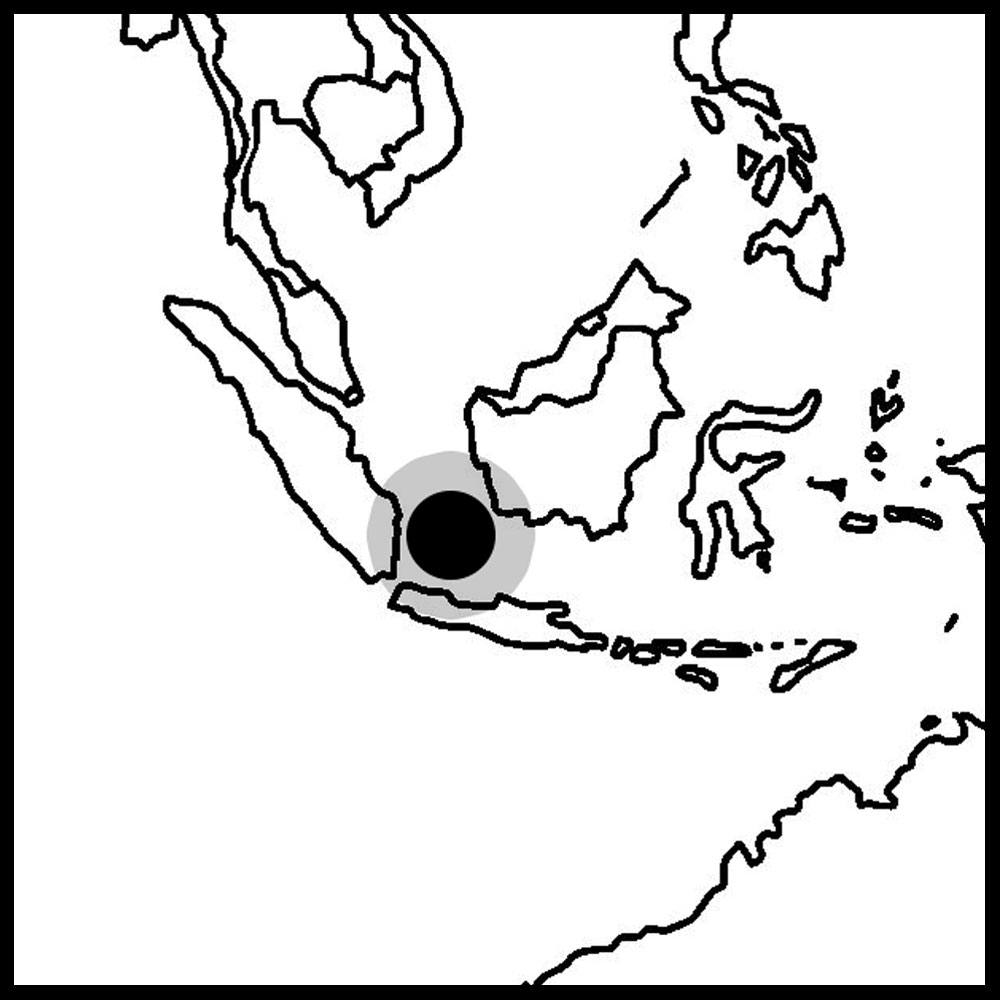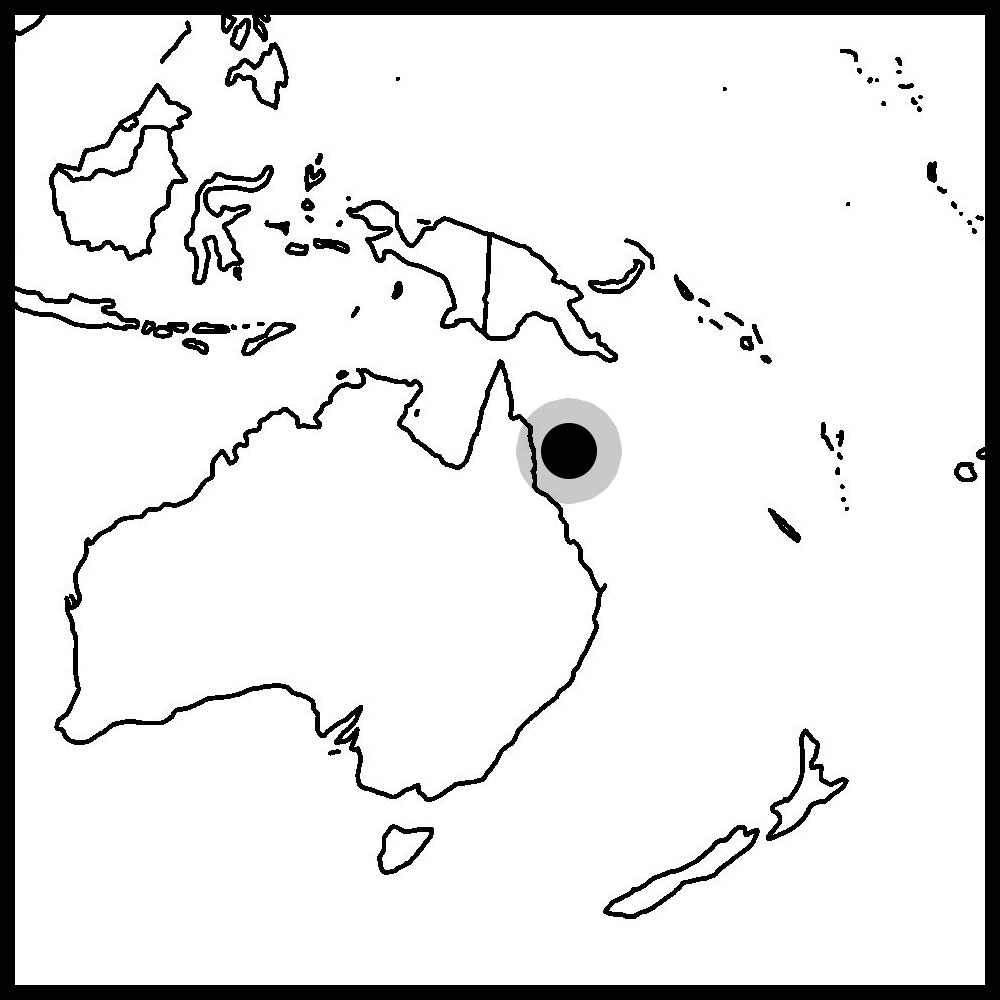Filter
My Wish List
![]() Hammer Coral Care
Hammer Coral Care
Hammer corals are an iconic large polyp stony coral (LPS) that has been a staple in the hobby for generations. They are found all throughout the Pacific reefs and come in a variety of colors and growth forms. Hammer corals sometimes grow in a wall formation while other hammers grow in a branching formation. Either variety makes an excellent show piece coral for a reef aquarium however the branching varieties tend to grow more quickly. Please see below for additional care tips for hammer corals as well as checking out our Top 5 Tips for setting up a reef.

![]() Location
Location
Euphyllia like Hammer corals are found all over the tropical waters of the Pacific. In particular, they are regularly harvested from the islands of the Indopacific including Fiji, Tonga, Solomon Islands, and the Great Barrier Reef.


![]() Lighting
Lighting
Hammers, Torches, and Frogspawn (Euphyllia sp.) do not require as much light as some other corals. It can be kept under normal output fluorescents without much difficulty. In some cases, Hammers may extend more readily under subdued lighting, however it may display more attractive colors when placed under stronger lighting.
Low Light


Lighting is a loaded topic, so for a more in-depth discussion of lighting, please check out our Blog all about Lighting or see our detailed lighting video below.
![]() Water Flow
Water Flow
Moderate to strong water movement is recommended. One of the main draws to this type of LPS coral is how it sways in the current. Water flow is both healthy for the Hammer and is pleasing aesthetically.
![]() Water Chemistry
Water Chemistry
Hammer corals require consistent levels of calcium, alkalinity, and to a lesser degree magnesium in order to grow their calcium carbonate skeletons. The amount of supplementation needed to maintain calcium, alkalinity, and magnesium depends a lot on the size and growth rate of the stony corals in your tank. Higher densities of stony corals consume these compounds at a faster rate than sparsely populated aquariums.
In the video below, I cover three different aquariums that utilize different techniques to manage their chemistry.
Agonizing over these levels might be mental overkill for hammer corals, but it is good to periodically test just to make sure everything is in the ballpark of natural sea water levels. A couple parameters worth paying closer attention to is nitrate and phosphate. LPS corals are sensitive to declining water quality and elevated levels of nitrate and phosphate are an indicator of declining water quality. Low nitrate levels around 5-10ppm are actually welcome for large polyp stony corals, but around 30-40ppm of nitrate you might start running into some issues such as tissue recession. In extreme cases, you might see a torch coral go through full-fledged polyp bailout which we will cover later in this article.
![]() Feeding
Feeding
Like most coral, Euphyllia rely to a large extent on the products of their zooxanthellae, however, in our experience, they also benefit from direct feeding. Hammers, torches, and frogspawn do not seem to aggressively feed like other LPS, so finding the right food can be a challenge. 
![]() Coral Aggression
Coral Aggression
Corals developed all kinds of adaptations to gain a competitive advantage in the battle for real estate on the reef. In our home aquariums we have to be conscious of these in order to create the best environment for them long term. Euphyllia are one of the corals that extends long sweeper tentacles. Sweeper tentacles are often used as a means of defense against other encroaching coral colonies. Their white tips contain a concentration of nematcysts that can damage more delicate tank mates. Most of the time, this is not a major problem but to be safe, we recommend placing it in a location far from other corals initially.
The video below provides an overview of the different manifestations of coral aggression and ideas on how to mitigate some of the risks inherent in keeping corals in close quarters.
![]() Propagation
Propagation
This genus for the most part has been propagated extensively in captivity and is an excellent candidate for aquaculture. The branching varieties tend to be much better candidates compared to the wall varieties. It is reasonable to believe that a sustainable harvest can be achieved in time.
There is however a much less common method which is polyp bailout. Polyp bailout is a stress response to unfavorable tank conditions that certain stony corals can activate as a last ditch effort to save themselves. During polyp bailout, polyps are killing off their own connective tissue through apoptosis. For those that are unfamiliar with the term, apoptosis is programmed cell death as opposed to necrosis which is traumatic cell death. Apoptosis is a highly regulated and controlled process so the coral polyps bailing out due to stress are doing so in a direct calculated response to an exogenous threat. If you want to learn more, take a look at the video below:
![]() Summary
Summary
Hopefully you found this article on hammer corals helpful. Hammer corals are a very popular coral in the reef keeping hobby and with a little bit of care and diligence can be kept successfully by aquarists, even ones new to the hobby. Until next time, happy reefing!
